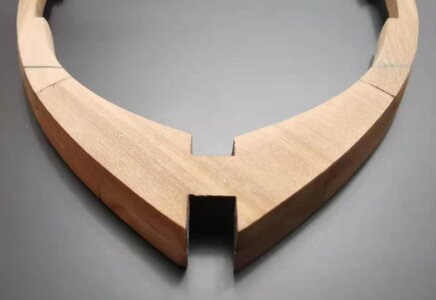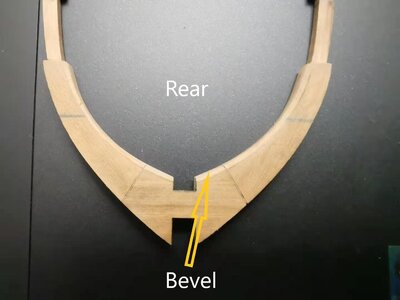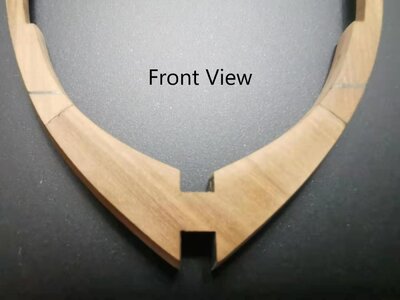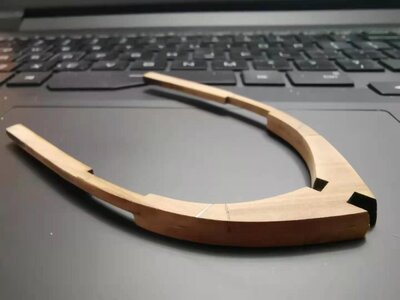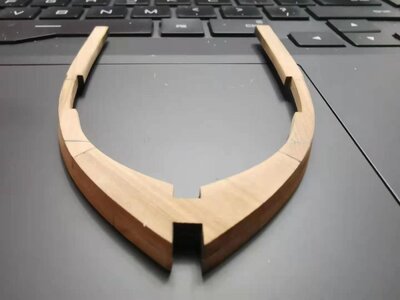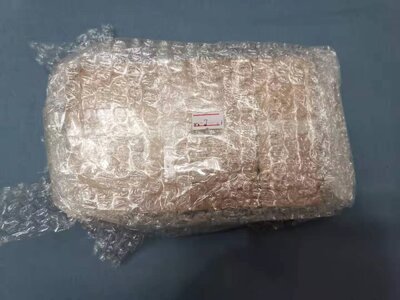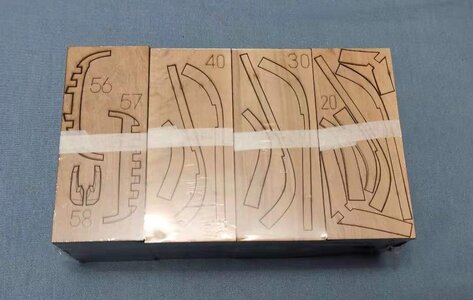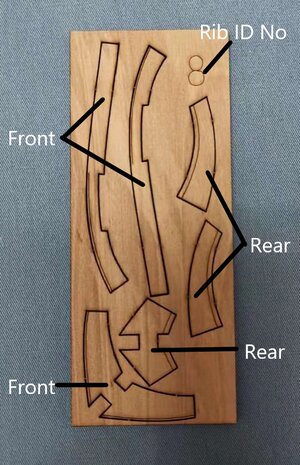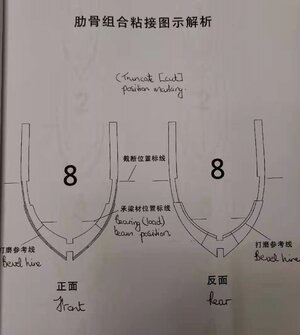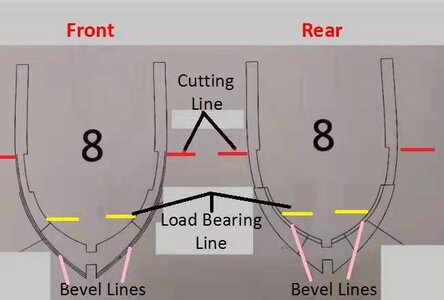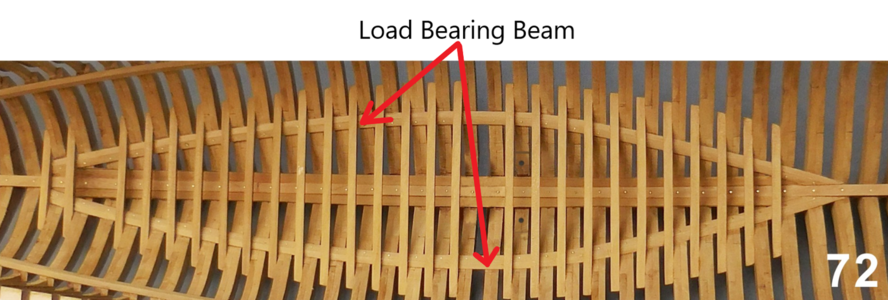Excellent work Heinrich! Looking awesome.Hello Everyone
Work continued today in the Nantong Shipyard. With the Starboard side of the keel finished, it was now time to focus on the Port Side. Part #17 was glued to the inner keel from midships to the bow and then it was the turn again of that pesky Part #18 that goes at the top from midships to the stern. In my previous post I cautioned you guys to be careful with this. Work slowly and at very little of an angle. I used a little diamond file which probably looks more like a toy than a tool, but which, nevertheless, got the job done. I would file a little and walk away to rest my eyes - then back at it again. This piece is wafer thin once beveled - concentrate and execute caution!
View attachment 199193
When gluing Part #18 to the inner keel, make sure that it is clamped properly. Because the piece is so thin once beveled, the beveled part will not lie completely flat against the keel - that is what the four big, black clamps were used for. The fitment at the top of the keel is no issue - just make sure that all notches are properly aligned and that the rearmost part is aligned perfectly with the sternpost.
View attachment 199194
Done correctly, this is what she should look like.
That's how I felt when Part #18 was finally installed and when the end result looked like that. The lighter wood colour indicates the section of Part #18 that has been beveled. The accuracy of the laser-cutting is UNBELIEVABLE and the grain in that wood ... !
View attachment 199197
This picture shows the midships section where all keel parts join. I have coloured Part #20 green for the picture because even with a macro-closeup, the joint line between Parts #20 and @21 is almost invisible. With the naked eye is well nigh invisible.
So let's see next how our keel stacks up against that of the YuanQing test builder.
View attachment 199198
YuanQing - Starboard Side
View attachment 199199
SOS Starboard Side
View attachment 199200
YuanQing Port Side
View attachment 199204
SOS Port Side
And with that, we have come to the end of the keel assembly! And next? Yep ... you guessed it ... FRAMES!
But first, it's back to the administrative office of Bluenose to send PM's to the next two clients who will receive PayPal Bills tomorrow. Wonder who they are ...
View attachment 199202
PayPal bills? Pick me...pick me!




